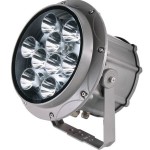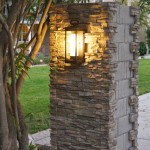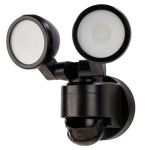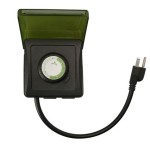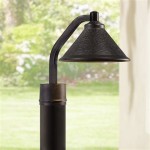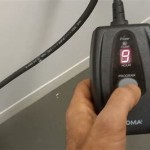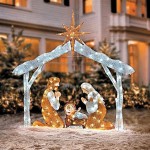Ideas to Cover Outdoor Electrical Boxes
Outdoor electrical boxes are essential components of any electrical system that extends outside a building. They house wiring, switches, outlets, and other electrical components, protecting them from the elements and ensuring safe operation. However, these boxes are often exposed to harsh weather conditions, including rain, snow, sun, and extreme temperatures. Over time, these elements can damage the box and its contents, leading to electrical hazards and malfunctions. Therefore, covering outdoor electrical boxes is crucial for ensuring their longevity and safety.
1. Waterproof Covers
One of the most effective ways to protect outdoor electrical boxes is to use waterproof covers. These covers are designed to seal the box tightly, preventing water from entering and damaging the electrical components inside. They are typically made from durable materials such as plastic or metal and come in various sizes and shapes to fit different box types. When choosing a waterproof cover, it is important to consider the size and shape of the box, the type of weather conditions it will be exposed to, and the level of protection required.
Some waterproof covers are designed to be easily installed and removed, allowing for convenient access to the box's contents for maintenance or troubleshooting. Others are more permanent fixtures that require specialized tools for installation and removal. For maximum protection, it is recommended to choose a cover that is rated for the specific weather conditions in your area.
2. Weatherproof Boxes
Another option for protecting outdoor electrical boxes is to use weatherproof boxes. These boxes are specifically designed to withstand harsh weather conditions and are often made from durable materials like fiberglass or polycarbonate. They feature sealed compartments and weather-resistant gaskets to prevent water intrusion. Weatherproof boxes are available in various sizes and configurations, making them suitable for a wide range of applications.
When choosing a weatherproof box, it is important to consider the specific requirements of your project. Some boxes are rated for specific levels of moisture protection, while others are designed for specific temperatures or other environmental conditions. It is also important to choose a box that is large enough to accommodate all the electrical components you need to install.
3. Protective Coatings
In addition to covers and specialized boxes, you can also protect outdoor electrical boxes by applying protective coatings. These coatings can help prevent corrosion, rust, and other forms of deterioration that can damage the box and its components. Some common protective coatings include paint, sealant, and epoxy.
When choosing a protective coating, it is important to consider the specific materials of the box and the type of weather conditions it will be exposed to. Some coatings are specifically designed for metal boxes, while others are more suitable for plastic or fiberglass boxes. It is also important to choose a coating that is resistant to the specific elements that are prevalent in your area.
Protecting outdoor electrical boxes is crucial for ensuring their longevity and safety. By utilizing waterproof covers, weatherproof boxes, and protective coatings, you can effectively shield the electrical components inside from the elements and prevent potential hazards.

How To Hide Electrical Boxes On Your House Stacy Risenmay

How To Hide Electrical Boxes On Your House Stacy Risenmay

Ugly Hydro Cable Bell Box Problem Solved Outta Sight Mind Backyard Inspiration Decor

13 Ways To Hide Outdoor Eyesores Remodelaholic

How To Hide Electrical Boxes On Your House Stacy Risenmay

Diy Utility Box Cover That Opens Easily Hide Electrical Panel

How To Hide Utility Boxes Diy Box Cover Designer Trapped

22 Electrical Box Cover Ideas Hide Panel

Diy Utility Box Cover That Opens Easily

Minor Moves Major Fixes Simple Ways To Make Your Home More Appealing Japanese Garden Water Heater Cover Outdoor
